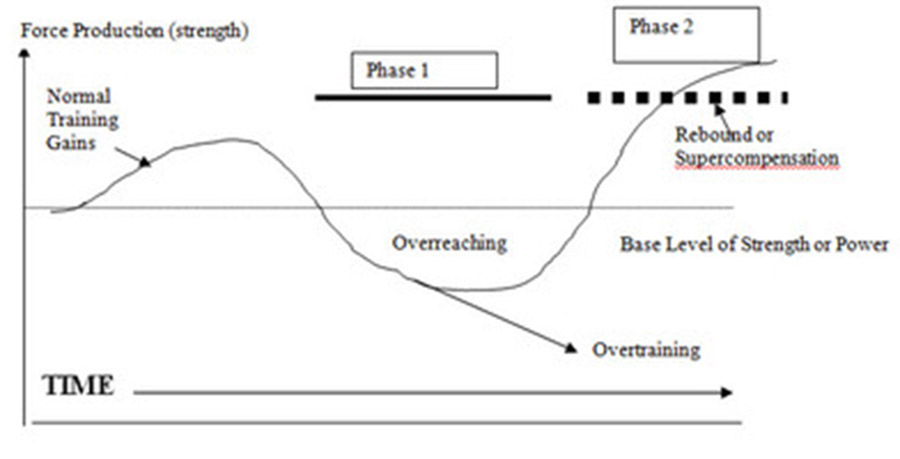SIX WEEKS TO SICK ARMS: OVERVIEW
The workout is guaranteed to add inches to your arms and overall physique.

The workout is guaranteed to add inches to your arms and overall physique.

When I used to train back in the day at Gibson's Gym in Manchester, Connecticut, one of the slogans on the back of the Gibson's Gym T-shirts read, "It doesn't matter what kind of car you drive. What matters is the size of the arms hanging out of the window."
Big arms not only symbolize masculinity, they're also the most visible body part and the one that essentially announces to the world that yes, you are strong and muscular, and yes, you are a weight lifter. It's no surprise that big arms seem to be what every guy, and even many women, want. Since getting big arms is a common goal that almost all of us have, I figured it made perfect sense to give you a program aimed at building them up.
Regardless of where you're starting from, this six-week program will put a noticeable amount of size on your arms. I've gotten feedback from hundreds of thousands of people after completing "Six Weeks To Sick Arms." The majority added one inch or more on their arms.
The program is a progression that ramps up the training frequency (how often you train arms each week). Once a week in Week One, twice a week in Week Two and three times per week in Weeks Three through Five, and then in Week 6, back off to just once per week again. Don't worry: There's a method to this madness.
Week One is designed to annihilate your biceps and triceps. You'll pull out all the stops, using negative rep training to destroy every single muscle fiber you can in the arms. You'll need a good week to recover from this. Week Two gets into it with light weight and high reps. Volume will be low on these workouts, as you'll still be recovering from the previous week. These workouts will help you recover from the previous week and will get you ready for the crazy three weeks that are to come.
In Weeks Three, Four and Five, you will be hitting arms three times per week. If that sounds like overtraining, you're right. But overtraining doesn't happen immediately; it takes several weeks to become overtrained. The technical term for training that can lead to overtraining is called "overreaching." However, research shows that if your diet is adequate in calories, protein, carbs, as well as the right supplements, then you can actually capitalize on overreaching and turn it into a way to grow bigger and stronger. Don't worry, I've got you covered on a diet and supplement plan to ensure that you turn the training into distinct gains.
Several studies from the University of Connecticut have shown that when subjects overreach for several weeks, during the two weeks following, they grow significantly bigger and stronger while taking it easy. The key is to stop the overreaching just before it turns into overtraining. That's why you'll be training arms three time per week in Weeks Three through Five, then switch it up to just once per week in Week Six. I also suggest that the week after Week Six, you take it fairly easy on your arms and train them just once that week before getting back into any serious training programs.
This six-week program is a progression that ramps up the training frequency (how often you train arms each week) each week until Week 6 when you back off again. Here's a snapshot of each week:
This content is for members only - Sign up now
The three-day a week arm training not only is designed to shock your muscles into growing with frequent and intense workouts that cause overreaching, but it also takes advantage of the "staircase effect" for building muscle.
This refers to the fact that training activates genes in muscle fibers that are responsible for many of the adaptations that take place, such as muscle growth and strength increases. Consistent training activates certain genes that result in building more muscle fiber protein, which means more muscle size and strength. These genes are typically activated over hours, with some remaining activated for days. Repeated workouts, if timed appropriately, can build upon the activation of the genes to reach an even higher activity level and thus, greater muscle growth, or the "staircase effect."
Let's say a certain gene involved in muscle growth is activated by a workout to the point that that its activity is boosted by 100% following the workout, then slowly declines in activity over the next few days so that the day after the workout it is still up by 75%, and the second day after the workout it is up by 50%, then the third day it is up by just 25%, and finally on the fourth day after the workout, it's back to the original level.
If you performed the workout on the fourth day after the first workout or later, then that gene would be bumped back up to 100% of its originally activity. However, if you worked out on the second day after the first workout, when the gene was still up by 50%, then you could potentially bump up its activity to 150%. This could lead to even greater muscle growth and strength gains than if you waited to train again after the fourth day or later. This is one reason why training a muscle group every 48 hours could lead to even greater muscle growth and strength gains than training every seven days.

This program is not all about training frequency. While moving to more frequent workouts can help you build extra size on your
Related Articles